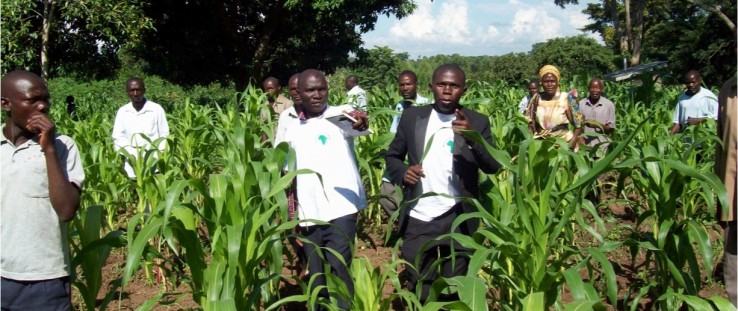 After the Improved Pull and Push pilot was established in Uganda’s Iganga district, the innovators and ResilientAfrica Network staff met with farmers to evaluate crop condition and search for weeds and pests.
Robert Wakabi, ResilientAfrica Network
After the Improved Pull and Push pilot was established in Uganda’s Iganga district, the innovators and ResilientAfrica Network staff met with farmers to evaluate crop condition and search for weeds and pests.
Robert Wakabi, ResilientAfrica Network
 After the Improved Pull and Push pilot was established in Uganda’s Iganga district, the innovators and ResilientAfrica Network staff met with farmers to evaluate crop condition and search for weeds and pests.
Robert Wakabi, ResilientAfrica Network
After the Improved Pull and Push pilot was established in Uganda’s Iganga district, the innovators and ResilientAfrica Network staff met with farmers to evaluate crop condition and search for weeds and pests.
Robert Wakabi, ResilientAfrica Network
Speeches Shim
“University is the birthplace of innovation, and this innovation [should be] mainly guided by the needs of the communities,” says Dr. William Bazeyo, dean of the Makerere University School of Public Health in Uganda.
Throughout 20 years of teaching, he has directed his academic pursuits to strengthening the well-being and stability of communities. Now he is doing the same thing as the leader of the ResilientAfrica Network (RAN), uniting 100,000 African scholars to work closely with local partners and achieve their own vision of resilience.
RAN, which was established in 2012, seeks new and transformative methods to combat long-standing barriers to resilience. The network is led by Makerere University and is part of the U.S. Global Development Lab’s Higher Education Solutions Network. RAN has engaged its network of 16 universities throughout Africa—four of which are regional hubs with unique resilience priorities—to conduct analysis on the drivers of resilience and carry out community consultations to find innovative solutions to the most pressing challenges.
The universities also bring together non-academic partners, such as government agencies, the private sector, civil society and development practitioners.
Bazeyo views innovation as a precursor to resilience. Destabilizing forces such as natural disaster, conflict, chronic illness or rapid urbanization are not new to many of the areas in which RAN operates. Although these issues are often recurring, many communities remain unable to deter, mitigate or recover from these shocks and stresses in a way that makes them stronger.
The innovations described below are just some of the results thus far. By facilitating dialogue between communities and technical experts, Bazeyo says, RAN is able to “design community-originated innovation that is acceptable, usable, affordable and, most importantly, builds or strengthens resilience.”
And, adds, Roy William Mayega, RAN’s deputy chief of party: “Innovative projects … once supported to scale will be game-changers towards strengthening resilience in African communities and beyond.”
RootIO Community Radio
What happens when a telephone and a radio—two of the most transformative modern technologies—are combined? The result is RootIO Community Radio, a system to create hyper-local radio stations by connecting a mobile device to a low-cost, portable transmitter. To learn from and deter recurring shocks, communities must have a platform on which to convene and hold discussions. Therefore, RootIO’s primary goal is to give communities broadcasting power and create programming in the appropriate local languages that addresses local issues and is open to community participation. The station can also rotate between villages, a stark contrast to traditional, stationary stations.
RootIO is the brainchild of Jude Mukundane, the project’s chief technology officer, and Chris Csikszentmihályi, its director. Drawing from his experience as a software developer, Mukundane designed the technology to be powerful yet flexible enough to accommodate a variety of needs.
The mobile phone that powers RootIO is a run-of-the-mill smartphone with an app that, when hooked up to the portable transmitter, creates a station. The phone rests inside a bucket-like enclosure to keep out water, and the transmitter is affixed to the top of the bucket. The device serves the same purpose as brick and mortar radio stations, but RootIO is easier to access and lower in cost. The portability of the radio station allows for public information road shows, where a broadcast is taken to multiple communities to discuss regional issues.
RootIO allows citizens, especially those from marginalized groups and communities, to share critical information in a timely manner, allowing the impact of sudden shocks, such as flash floods, landslides or agricultural diseases, to be mitigated. It also creates a platform to address problems that destabilize a community over time, such as the stigma of HIV/AIDS. Since the district has low literacy rates, radio ensures that all community members can give and receive information.
The project was selected as part of RAN’s Resilience Innovation Acceleration Program, which improves pilots, and evaluates and expands initiatives started at RAN’s 16 universities. In partnership with RAN, RootIO established its first pilot station in the Oyam district of Uganda.
So far, popular programs include classifieds by local traders, public health information and segments with agricultural advice. Commenting on the radio classifieds, one farmer from Lamwo district who took part in an anonymous community survey, said, “I was able to sell off my millet at a better price after getting information from 103.7 FM that the Lamwo District Market offers better price opportunities than these middle men.”
The first radio station is now fully operational under community management, with other locations planned. RAN is also helping RootIO strengthen its business model and collect data to accurately measure the technology’s impact.
Improved Push and Pull Project
For farmers, crops infested with weeds or pests are more than a common nuisance. When infestations lead to crop loss season after season, income and food security are threatened. For this reason, farmers in East Africa detest the striga weed, which grows in gardens alongside maize and sugarcane and is often accompanied by stem-eating moth larvae and weevils. Both can be detrimental, either alone or combined, since removing both is expensive, labor-intensive and harsh on the environment. Existing solutions tend to address either the pest or the weeds, but not both.
The Improved Pull and Push Innovation, led by Makerere faculty member Oduori Kenneth, makes it easier to remove weeds and larvae so that farmers who depend on maize for their livelihood can produce more reliable crops.
RAN selected this initiative because of its potential to transform agricultural resilience at a low cost, especially in communities affected by climate variability. By farming crops that are not traditionally planted together, the Improved Pull and Push approach uses the resulting ecosystem to naturally deter the weeds and pests. Desmodium weed, which suppresses the striga weed and repels moth-eating larvae, is planted between grain crops. Nappier grass, which feeds animals in zero-grazing holdings but attracts pests, is planted on the field periphery to pull the pests from the areas where the grain is planted.
In addition to increasing crop yield and income for rural farmers, the innovation improves livestock productivity and health by providing year-round fodder and protects against food shortages.
The RAN-powered pilot in the Iganga district of Uganda has already had a positive impact on community farmers.
RAN also helped the team refine the innovation by conducting surveys, sponsoring brainstorming sessions, and hosting trainings in geographic information systems. In the next stages, Kenneth and the team will continue collecting data on how much grain loss is averted through this innovation and develop a business model for expanding to new farming areas. RAN will also help the team evaluate the social benefit of their approach.
RAPID: Rapid Agricultural Produce Indirect Dryer
Currently, the Food and Agriculture Organization of the United Nations estimates that a third of food produced is lost or wasted. Food loss occurs throughout the harvesting and production process, and as waste contributes to food insecurity, there is a need for low-cost, sustainable technologies that allow more food to be produced, sold and consumed.
The Rapid Agricultural Produce Indirect Dryer (RAPID), designed by a team led by Robinah Kulabako, targets food loss during the drying stage. RAPID allows low-income farmers in rural areas to dry large quantities of produce without relying on direct sunlight, thereby improving efficiency and reducing produce waste after harvesting. The device is solar-powered, which decreases rural farmers’ dependence on electricity, and uses reflectors to make the drying process faster and more effective. It also uses layered compartments to decrease the chances of different types of produce contaminating one another.
After the solar produce dryer was selected for RAN’s Resilience Innovation Challenge 4 Adverse Climate Effects, Kulabako and her team brought the prototype to the third Innovation Garage to co-design solutions that will further develop the innovation. The Innovation Garage is a RAN-led monthly event at Makerere University where engineers, architects, social scientists, anthropologists and business teams brainstorm solutions to design challenges.
After such sessions, the innovation team left with answers to key design challenges. For example, team members were advised to vary the type of trays to accommodate different types of produce. Another idea: create a portable dryer so farmers can share it between communities and secure it when not in use.
Through RAN, the innovation team conducted a preliminary survey and designed their prototype and business strategy. To build and refine the prototype, RAN connected the RAPID team to other partners, such as engineers and members of the Innovation Consortium Ltd.
The RAPID prototype is now being fabricated at the Innovation Consortium Ltd. workshop in Uganda. As the produce dryer evolves, the central focus will continue to be improving the resilience of farming communities.
Deliberative Polling
RAN, in partnership with USAID and Stanford University, conducted what is believed to be the first two deliberative polling exercises held in Africa.
The exercise entails gathering a representative sample of community members, providing comprehensive information on a set of issues, and polling citizens to monitor how opinions change. By creating an environment conducive to deliberation, citizens can make informed contributions to policy and development programming.
In Tamale, Ghana, RAN used the exercise to uncover the most pressing community needs and identify how innovation could offer solutions. The central issue was rapid urbanization, as Tamale is the fastest growing city in West Africa.
In Tamale, 243 people were recruited through a random selection of households for interviews.
During the exercise, more than 35 development proposals were discussed in small groups, and a panel of multidisciplinary experts answered technical questions. Members of the Ghanaian Government observed, but did not take part.
At the conclusion, the top proposals emphasized practical measures to find solutions, such as controlling diseases through public education on cholera, mosquito control and school hand washing campaigns. Food security was also a priority, with strong support for agricultural and farming trainings, food fairs and nutrition education.
In other polling exercises, such as one in Bududa, Uganda, priorities included encouraging girls to attend school and establishing health care centers in small villages.
The RAN team is currently conducting a full analysis of results in Tamale, and will soon reveal the findings to the communities and policymakers.

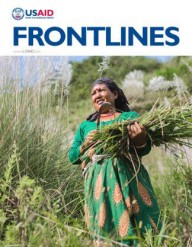

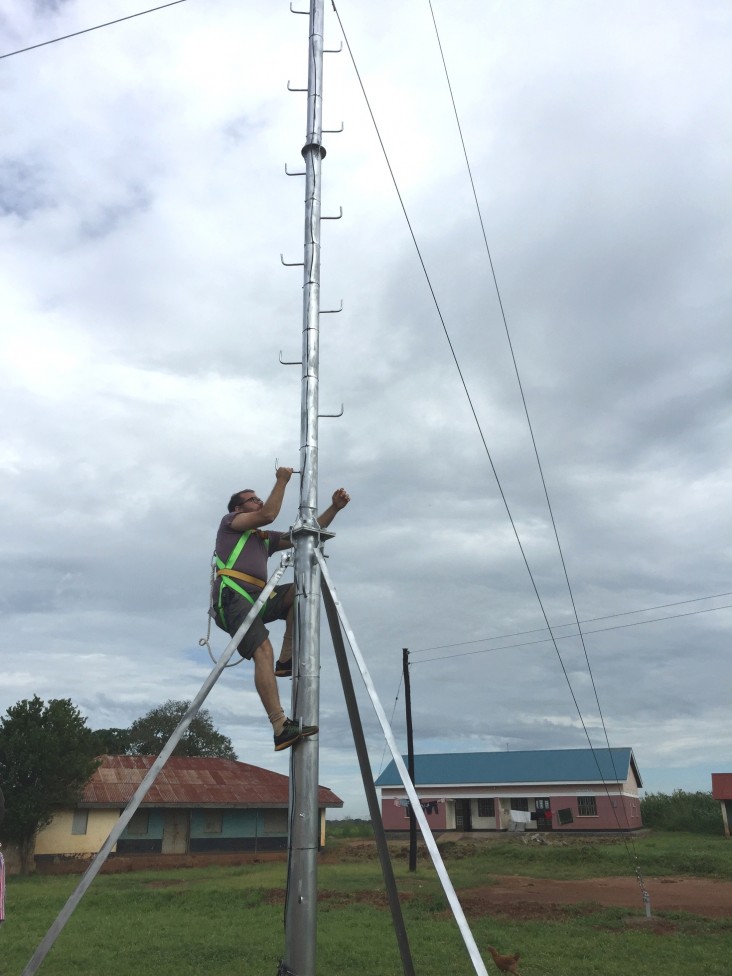
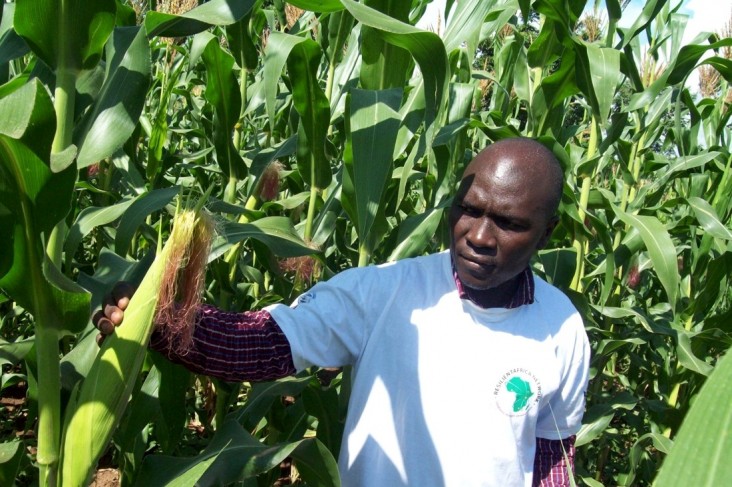
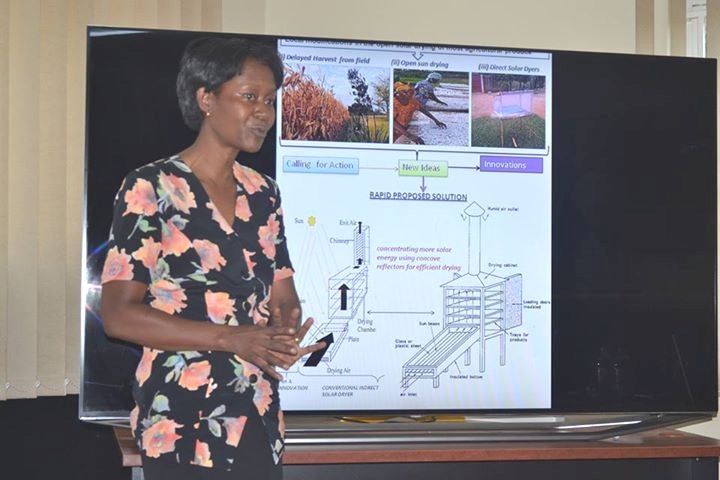
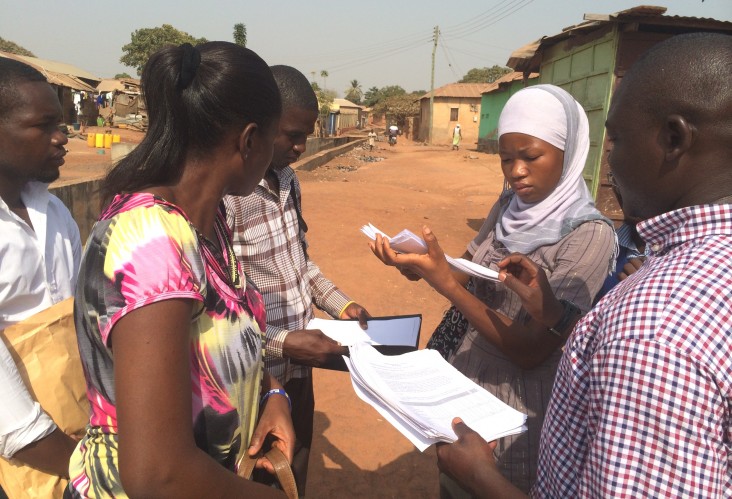
Comment
Make a general inquiry or suggest an improvement.